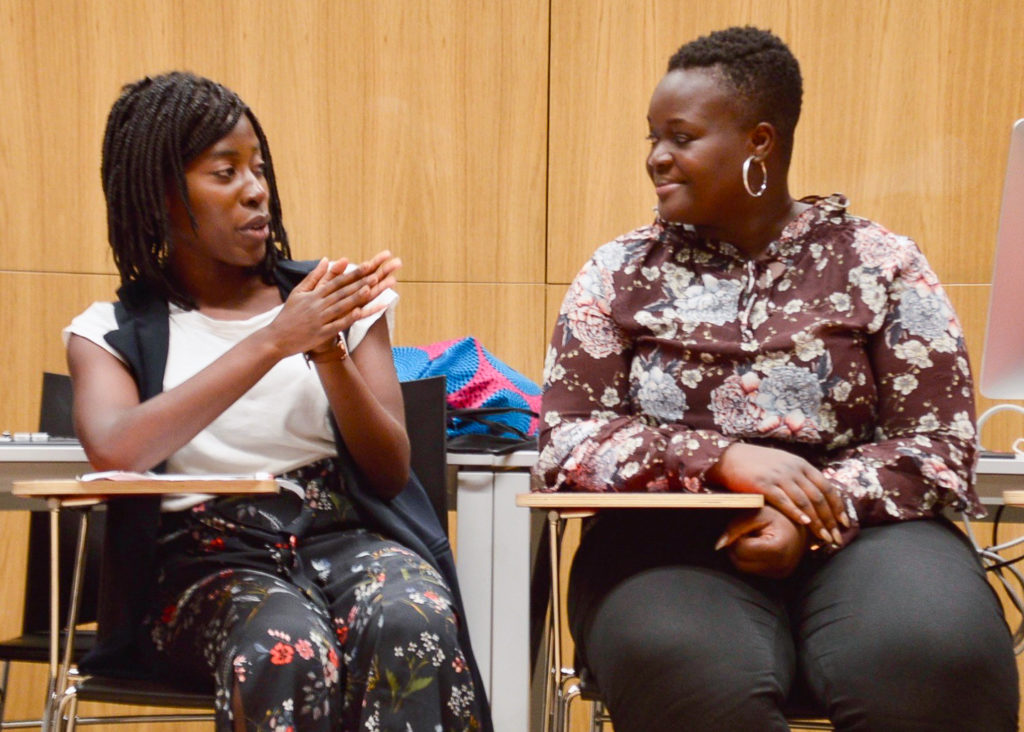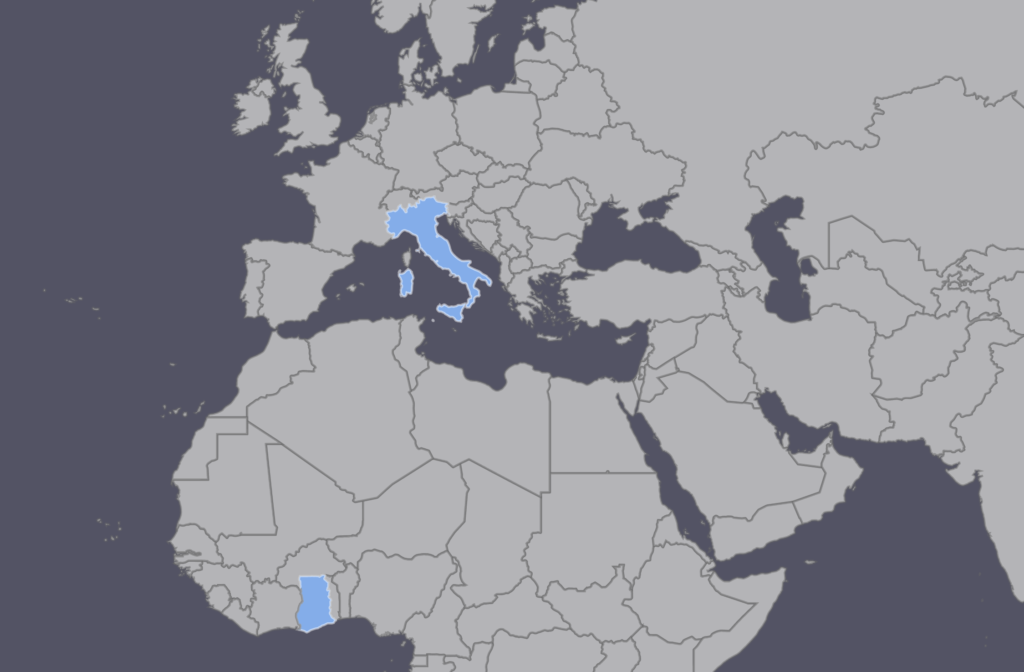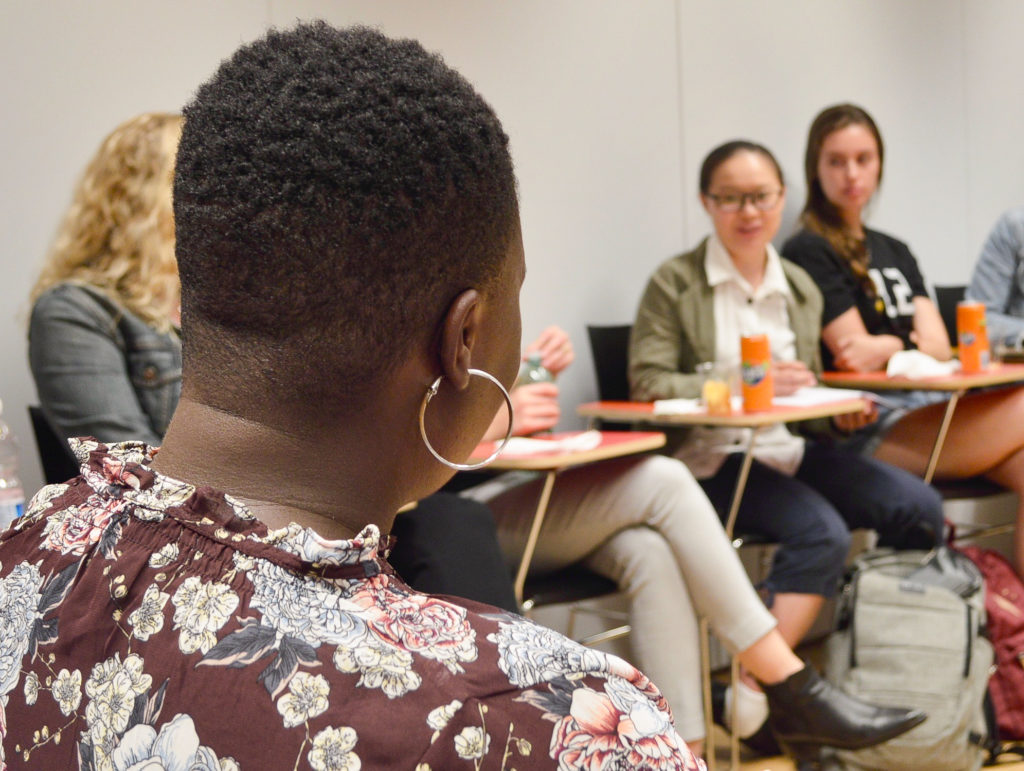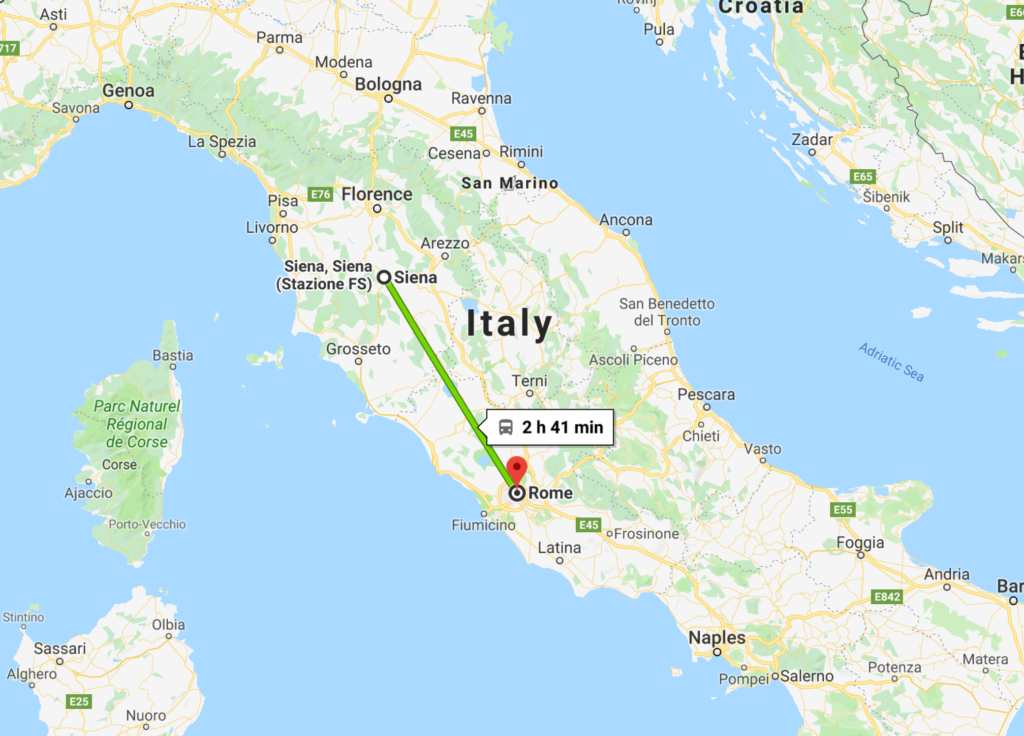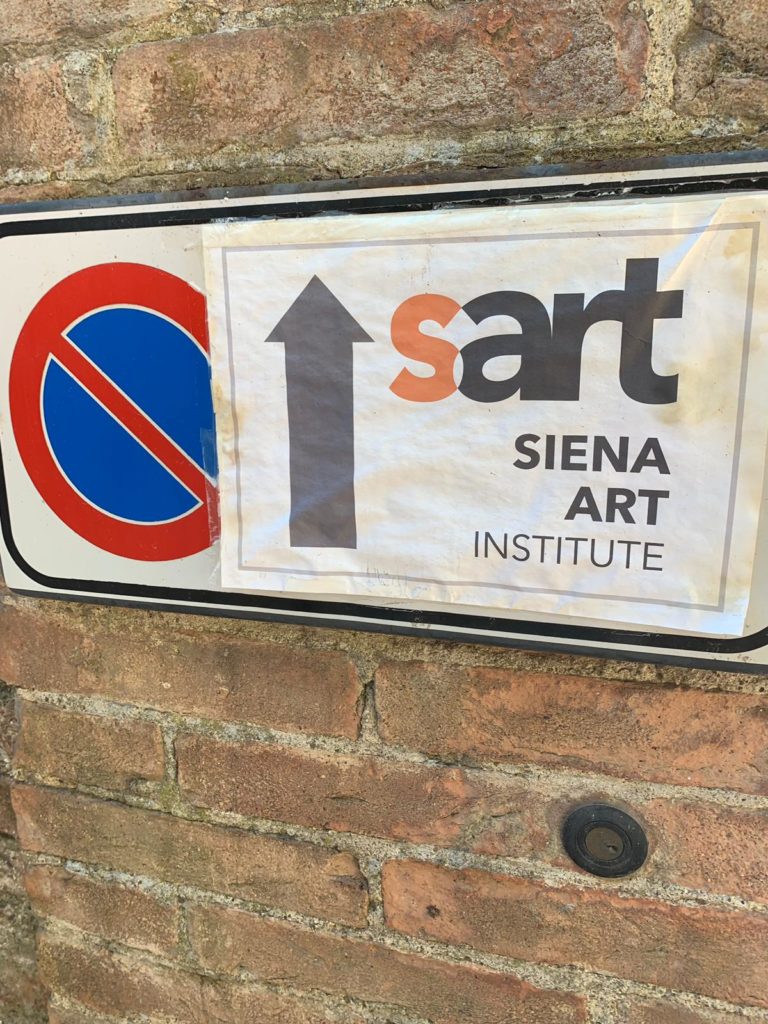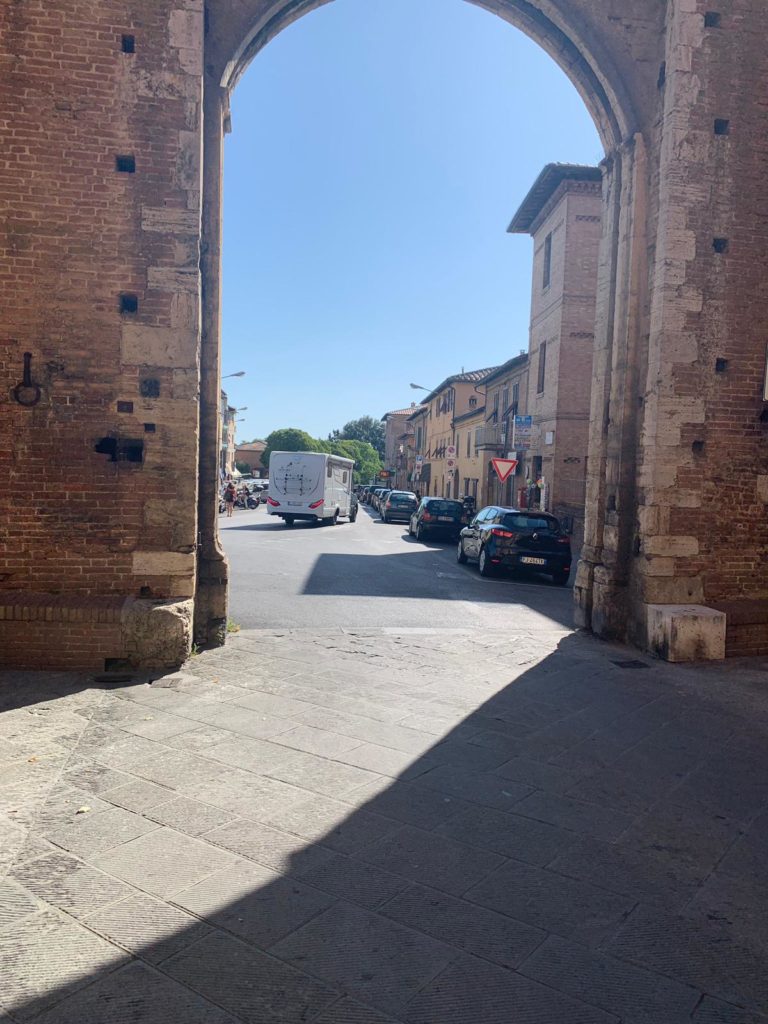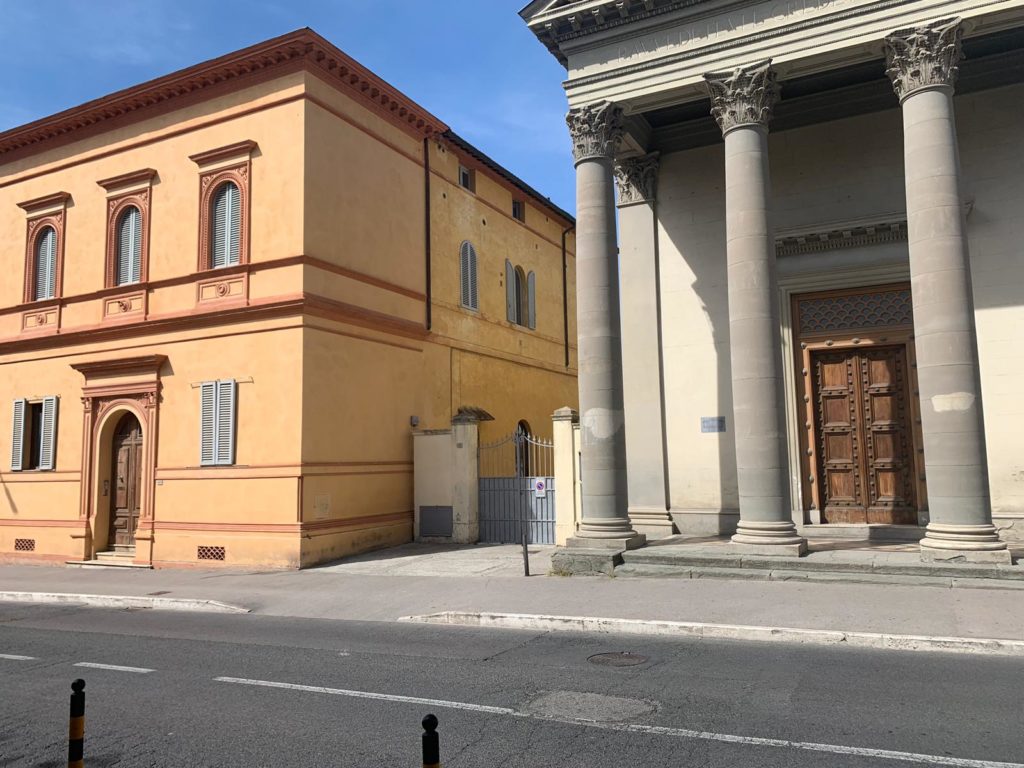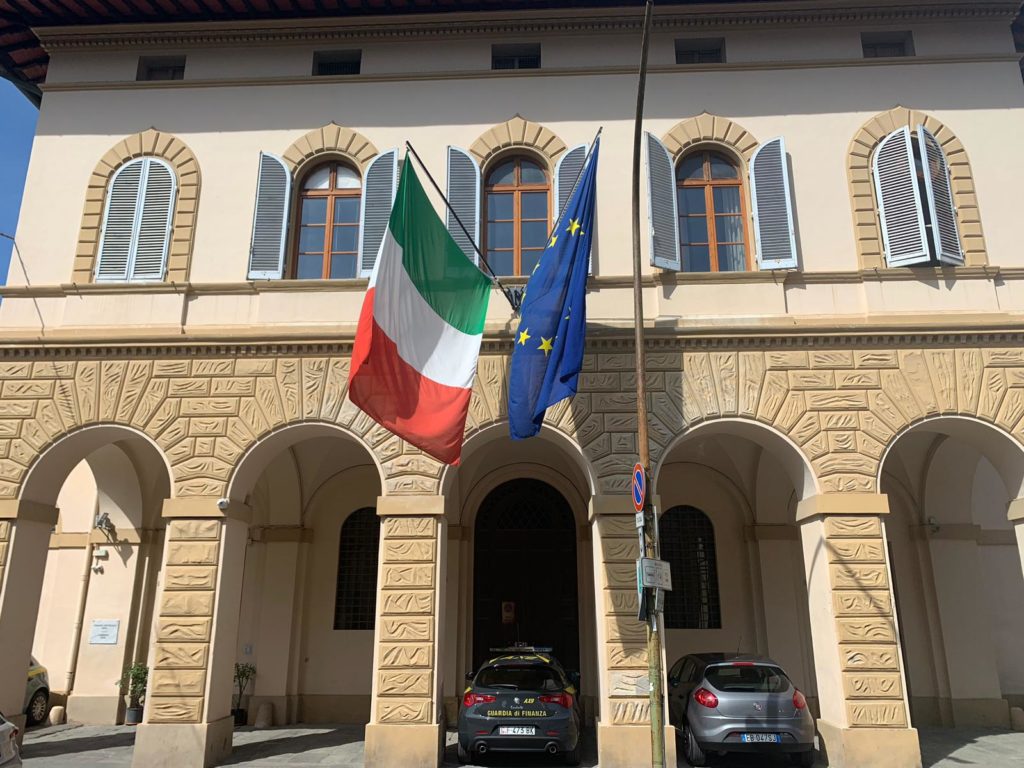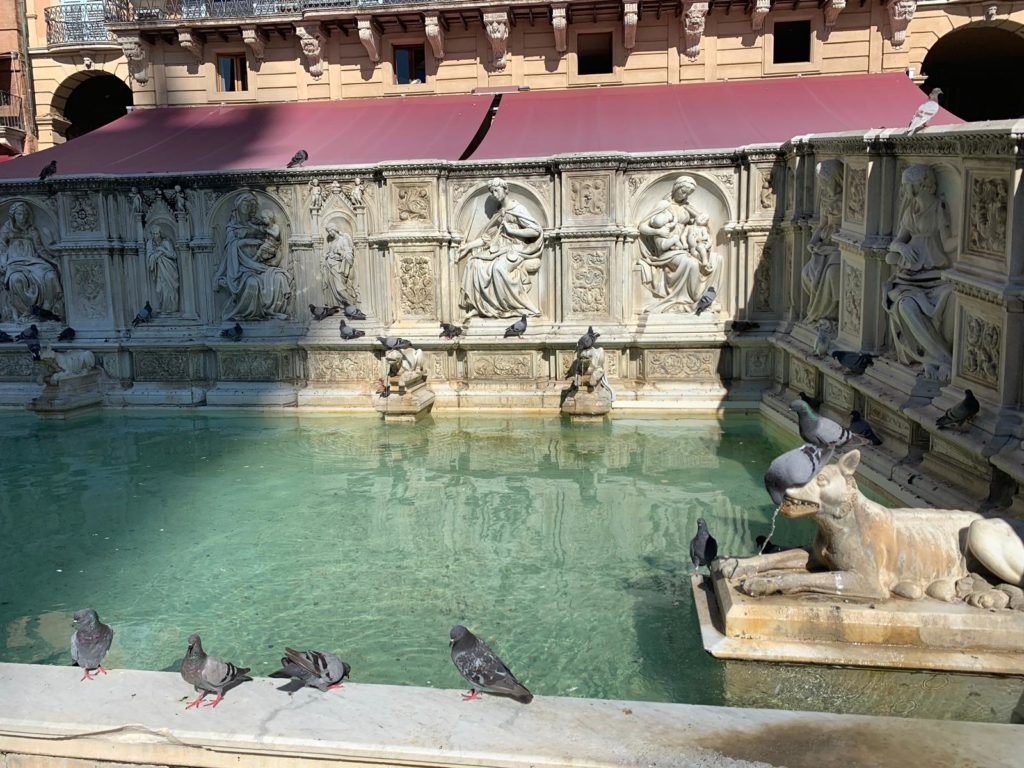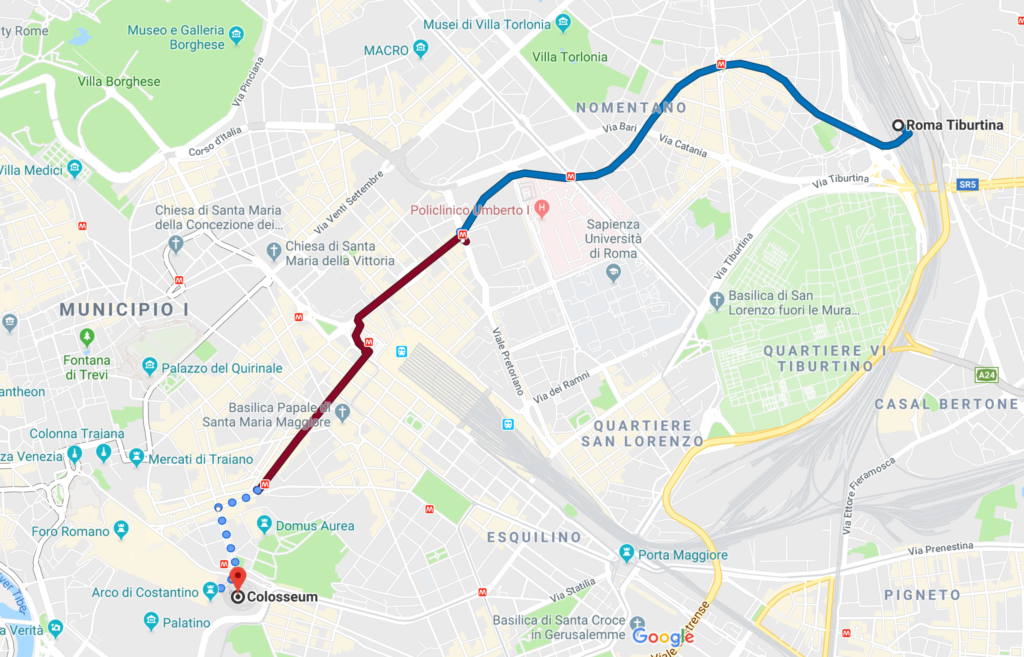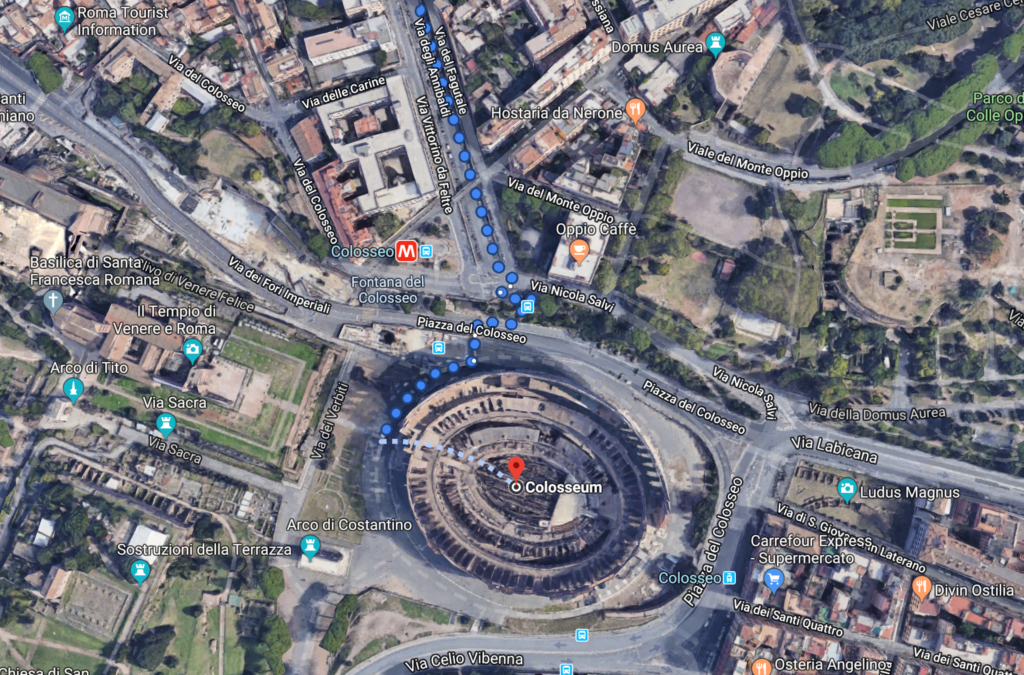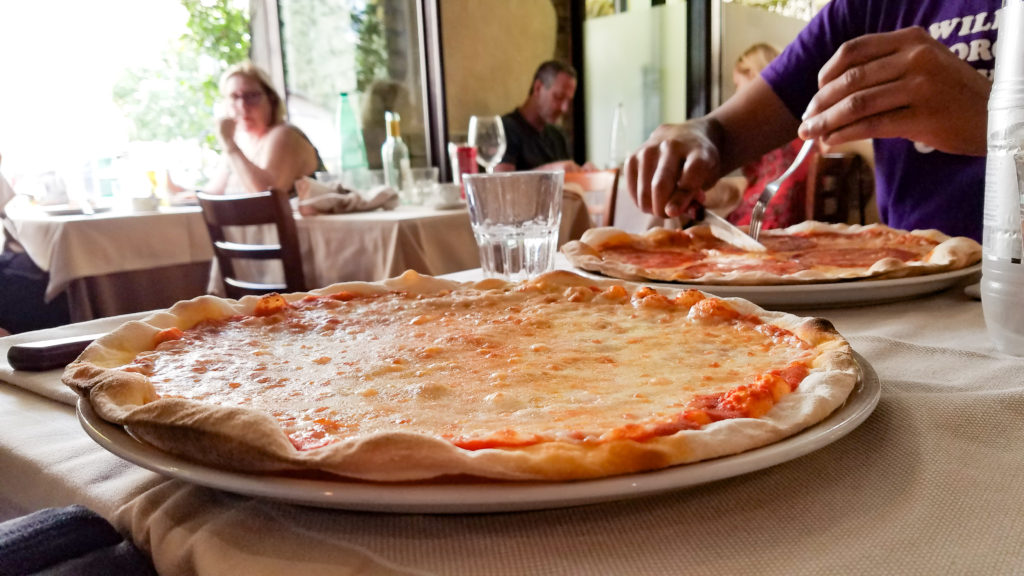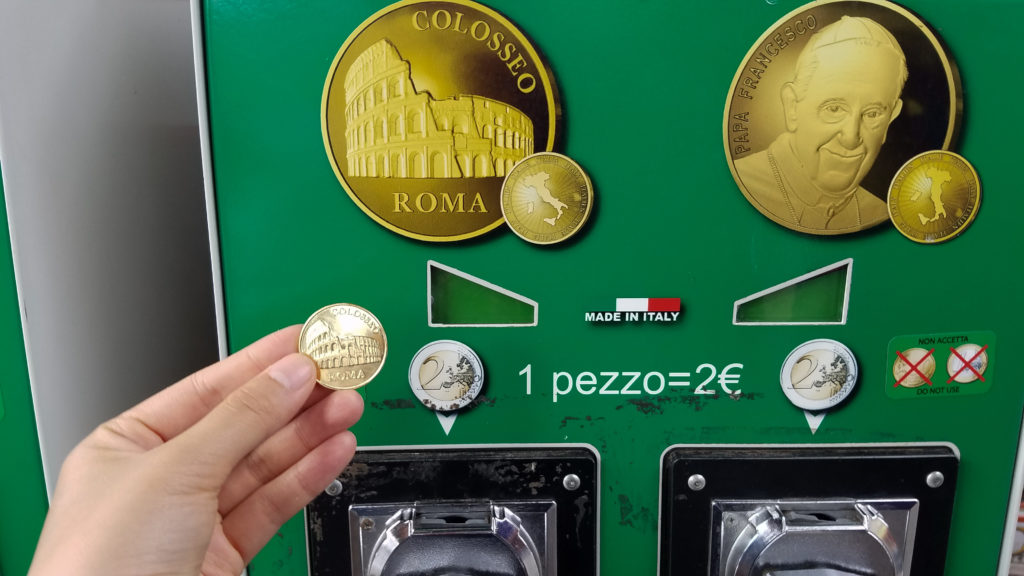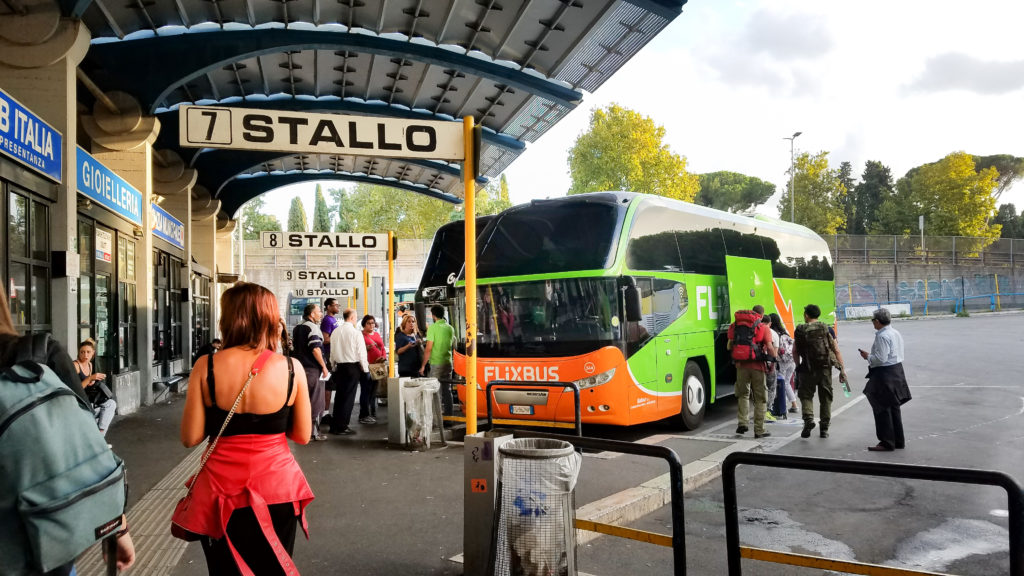December: my last month in Rome! Time and time again, I stop to wonder: where has all the time gone?
Three months ago, on September 9, I had my first day of classes. And now here I am, attending my final classes for the semester, taking care of big projects and papers, and preparing for final exams.
I don’t know how to feel about this day. It feels like only yesterday I published my first monthly reflection. I thought my October 9 post was a good landmark of where I was in my semester abroad, so I was happy to write another one on November 9. Today, December 9, will be my last monthly reflection on this blog. I guess I would say that this is quite a bittersweet moment as I sit at my desk and write this on my computer.
A lot has happened in the past month. I went on my first class trip to a different country (read about my adventures in Lisbon here) and got to see my parents in Italy over Thanksgiving break. I really missed Mom and Dad this semester. I talk to them on the phone sometimes and saw them through the occasional video call.
I picked them up at Termini station after they flew to Rome from Boston. Mom says that I’ve changed a lot since they dropped me off at the airport in August. I can owe part of that the haircut and the sense of fashion I’ve picked up in Rome (clothes seem to fit better on me here), but deep down, I can tell that I’ve grown a lot from my experiences learning to be independent in a foreign country.
I showed Mom and Dad the major sights in Rome. We saw the Colosseum, the Roman Forum, the Trevi Fountains, the Spanish Steps, and the Pantheon.. We went back to the Colosseum a few days later to get tickets to go inside. I was happy to tell them all the things I learned about the place in class. In a way, I was like their personal tour guide!

We also saw the Vatican Museums (which is right behind my apartment in the Residence) and went to Venice on Thanksgiving Day (read about going to the Floating City during flood season here). My parents were in just as much awe as I was the first I saw Italy. Even at the end of the semester, there is always another sight and experience else to take in.
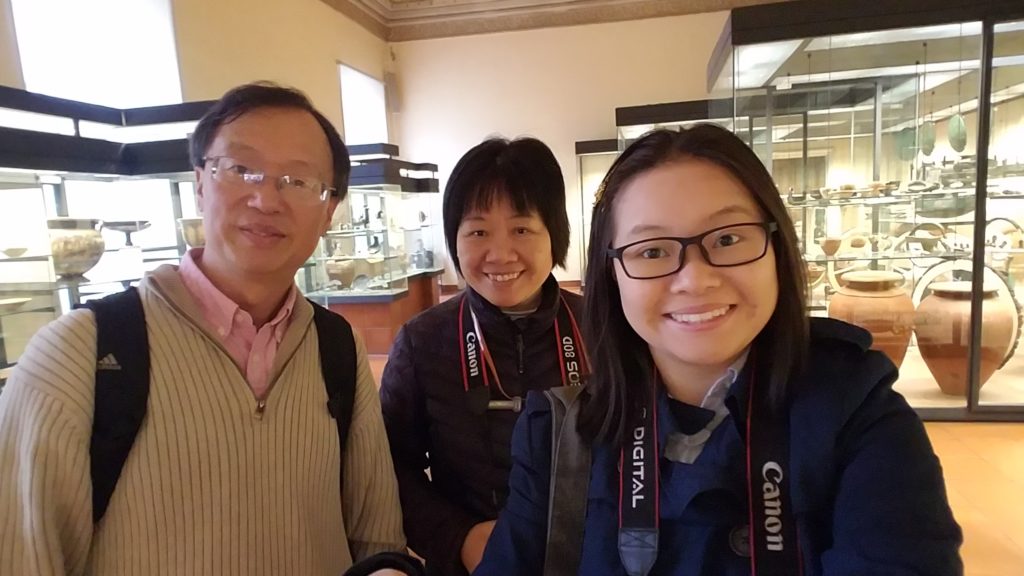
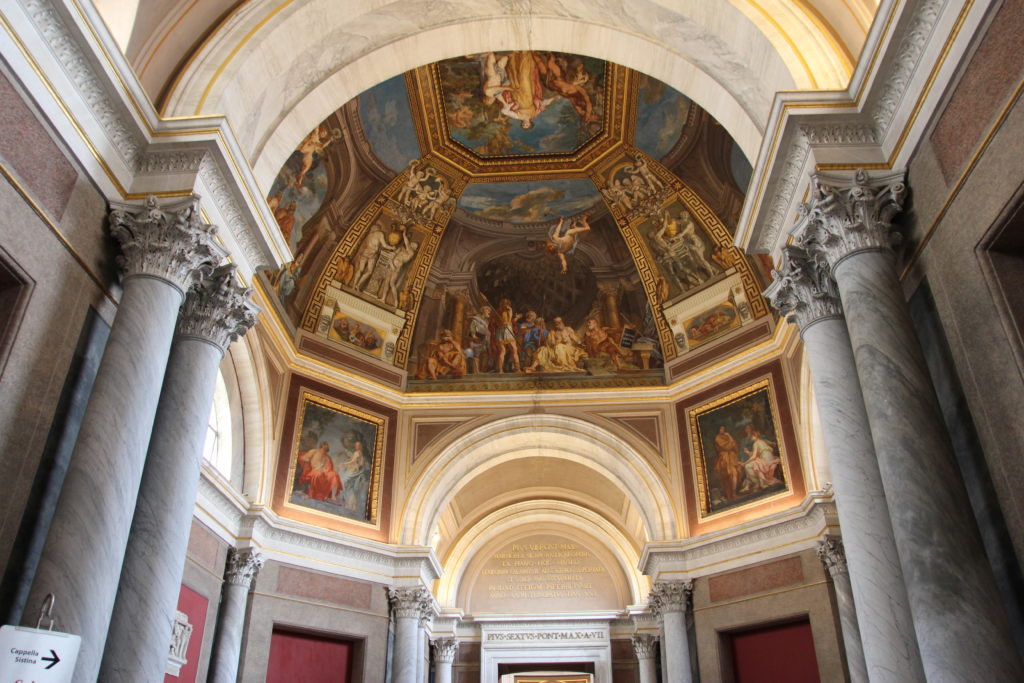
I turned 21 on the last day of November, and I am glad I got to celebrate it with my family. The sun was shining on that wonderful Saturday afternoon, and I got to rent a boat in the Parco di Villa Borghese (a short walk from Flaminio station near Temple Rome’s campus).
I had gone to the park before and have always wanted to get a closer look at the ancient Greek temple in the center of the pond, but I couldn’t rent a boat unless I had at least one other person with me. With Mom and Dad there with me, I got the row a boat on my birthday! It took a while for me to figure out how to row, but once I got the hang of it, it was smooth sailing from there!
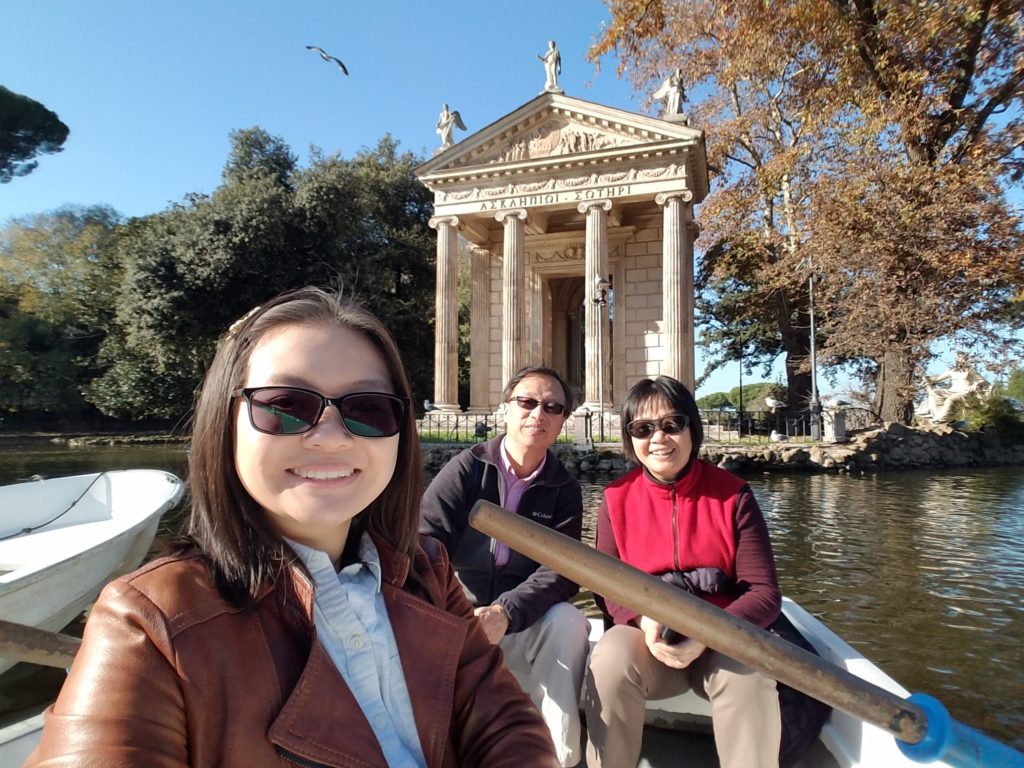
Mom and Dad treated me to dinner at a local Italian restaurant, where I got to show them how much Italian I had learned in the past three months. They were impressed at how I spoke to the waiter without using any English.
I’ve surely come a long way from my basic phrases of “survival Italian” at the beginning of the semester! I’ve been speaking to the Residence staff in Italian almost every day, and they say that I’ve improved as well. I like to tell them about my day and ask how they’re doing.
I’ve also been getting involved with events in the Temple Rome community. I was often given the task of photographing events both on and off-campus, and from my year as a student photographer I gained a lot of experience with my camera from my duties. I helped my professor take pictures throughout the Lisbon, and I think word of my photography skills reached a few others in the community.
I was invited to photograph a long-time staff member’s retirement party. I was very happy to help out like I had at Holy Cross earlier this year. And what perfect timing: I had found out about the retirement while I was in Lisbon, and I happened to walk past a nice cherry-red (Temple University’s school color) handbag in the shopping mall on my last day in Portugal. You bet I bought it as a retirement gift!
It is my token of appreciation for Mrs. Morelli’s kindness when I first arrived in August. She was also one of my first fans: several of the Temple Rome have come across my blog and read my posts! Mrs. Morelli liked my post about Santa Marinella the most. She said that it made her feel 20 years old again. As a new 21-year old, I can confirm that I too feel 20 years old when I re-read my posts. She seemed amused when I said that during my speech before giving her my present.
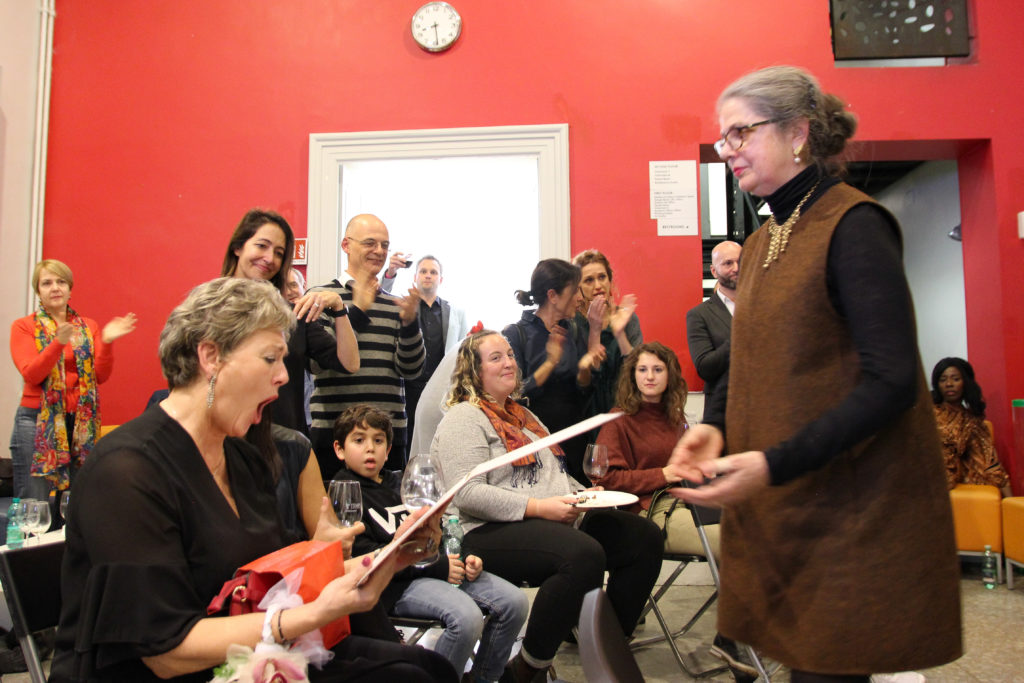
My photography isn’t limited to events, though. I’ve taken a lot of pictures on my travels and had a hard time picking just two for the student art exhibition. I was surprised to see my photographs on display outside of the faculty offices on campus! I’ve gotten a lot of praise for my pictures. Some people even asked if I was selling prints of these! I’m very flattered that the community likes my work!
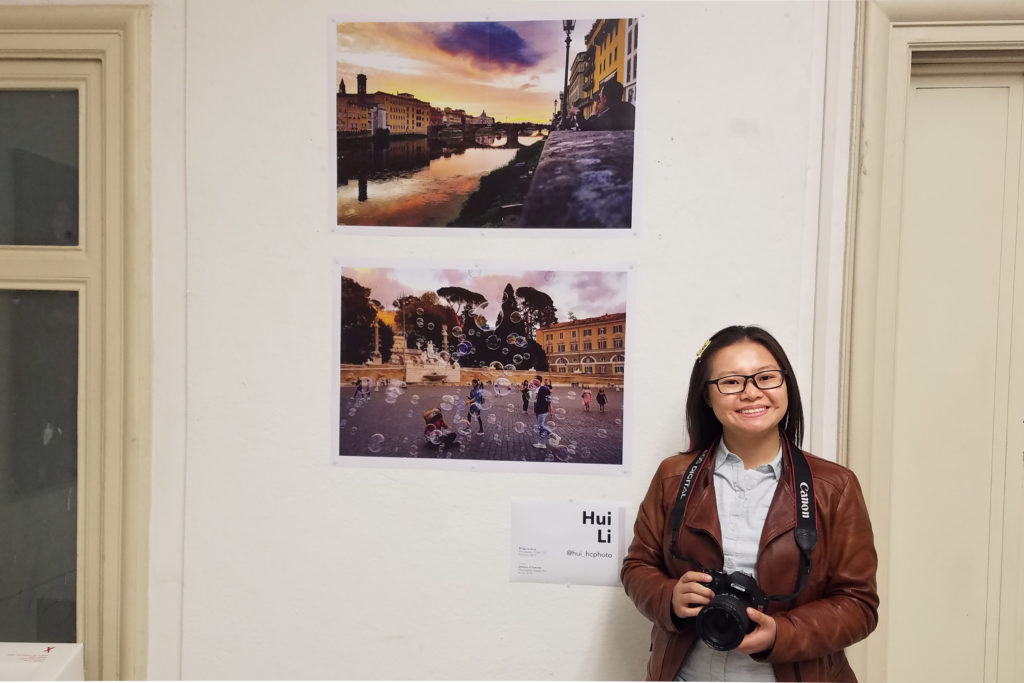
I have taken all the feedback I’ve gotten into deep consideration, and I am working on something I can do for the with these photos. What do I have in mind? We’ll have to wait and see!
I’ll leave you with a set of photographs I’ve taken throughout the semester. Every month, I have taken a picture of the postcards and books I have above my desk in the Residence. Every month, my collection grows with all the new places I’ve seen on my adventures. It’s amazing to see how much I’ve experienced in what I realize is a short time!
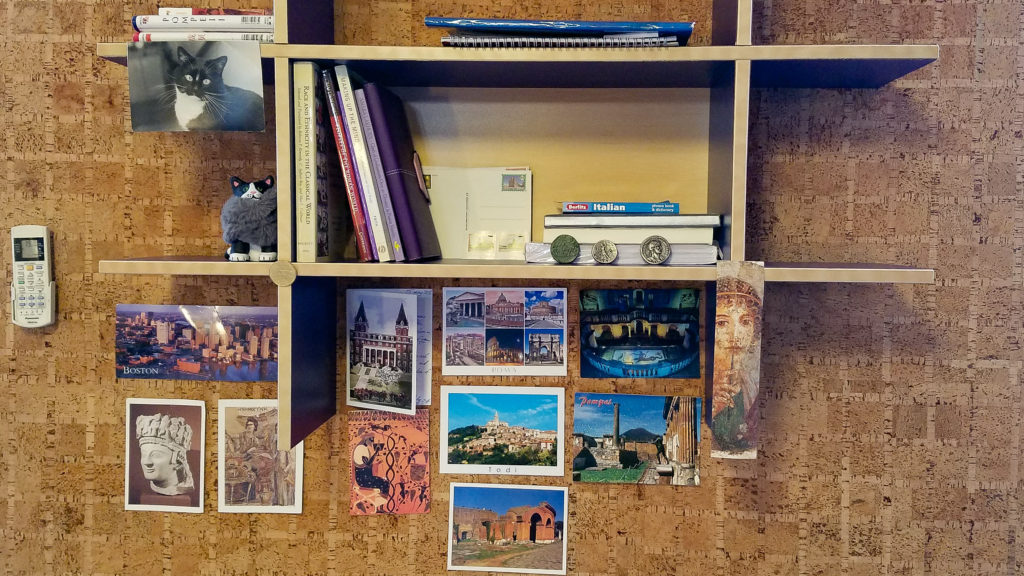
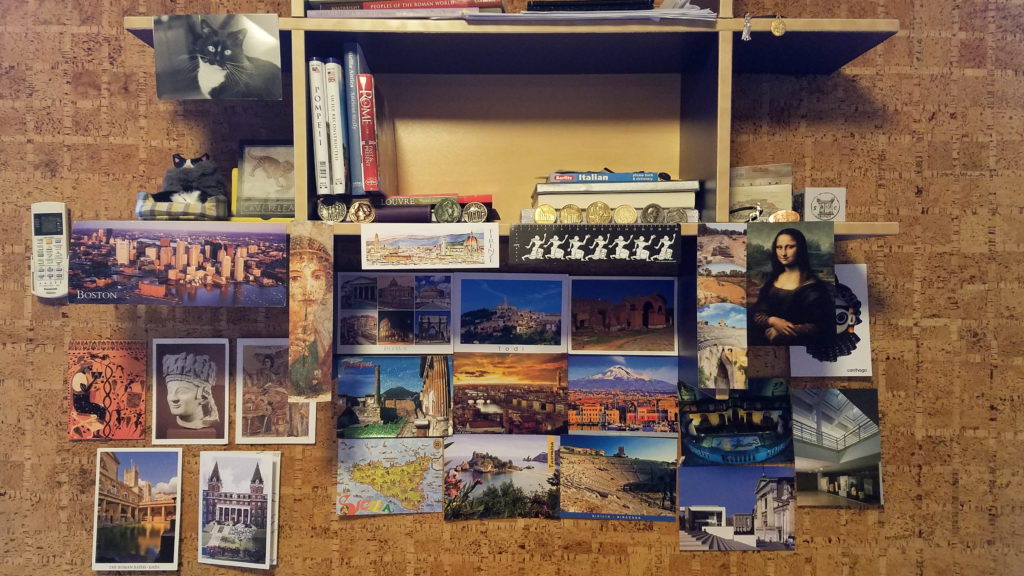
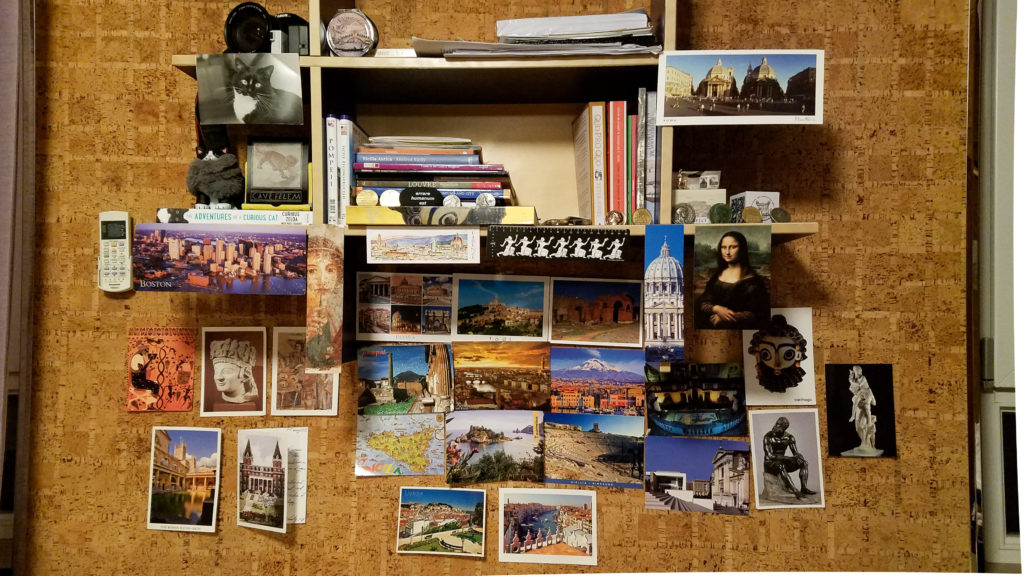
Lastly, I would like to thank all of you, my readers, for going on this journey with me. It was a pleasure writing down all my adventures abroad for you to experience as well. I am sad that this is my last monthly reflection to you. If there is something I’ve learned from how quickly this semester as gone by, it is to appreciate every experience you come across, even the difficult, challenging ones. I’ve found all of my experiences, both good and stressful, very rewarding in the end. I’m happy with all I’ve done in three months. I will look back upon these entries and smile at these experiences in the future.
Onward, to wrapping up the semester! I wish the best of luck to everyone at Temple Rome and everyone at Holy Cross. You got this!


